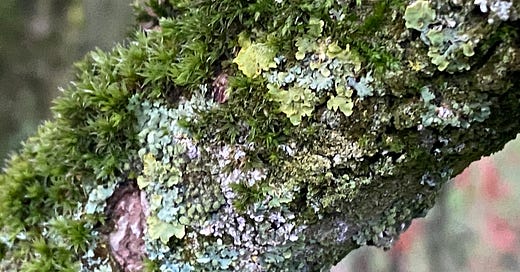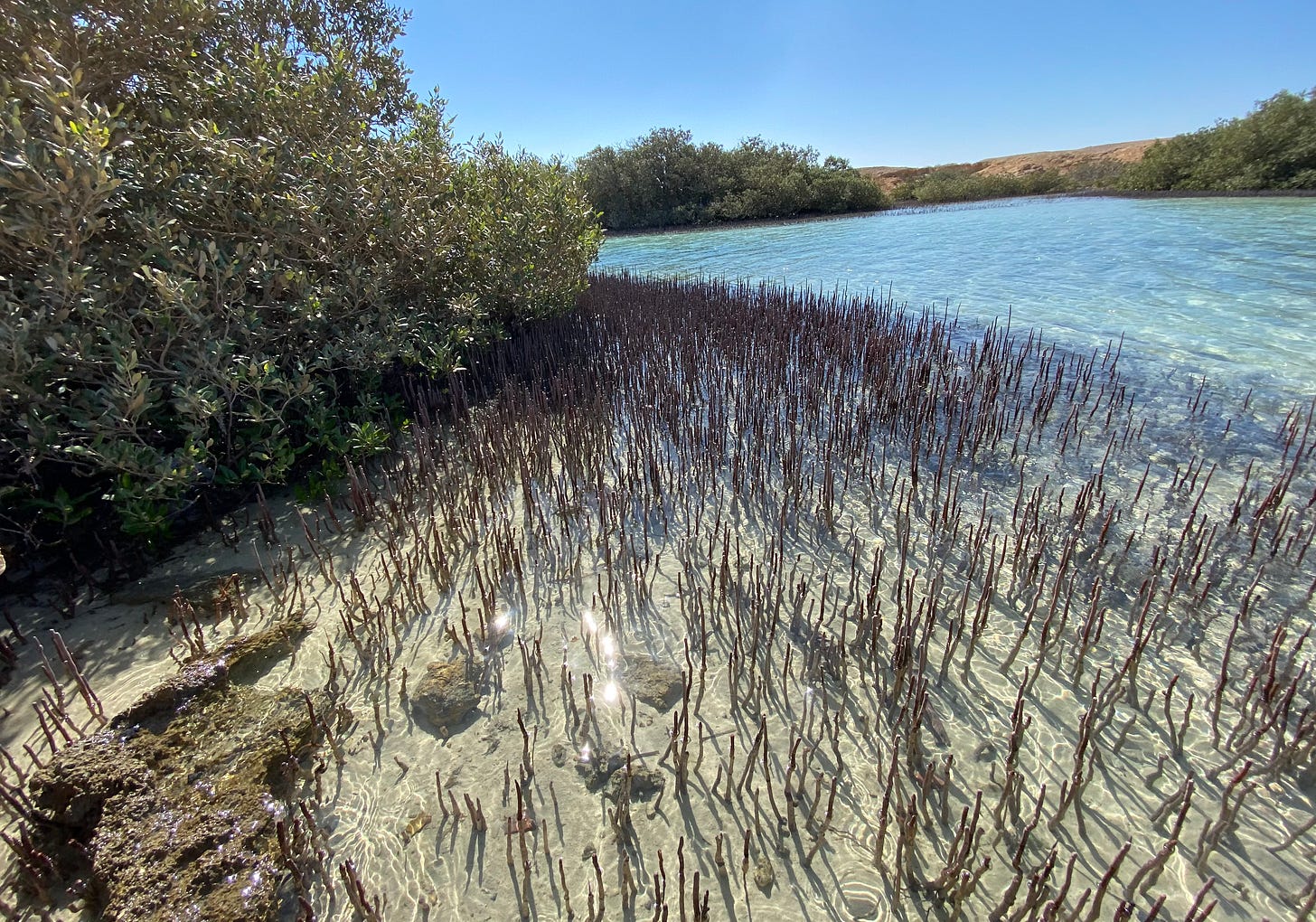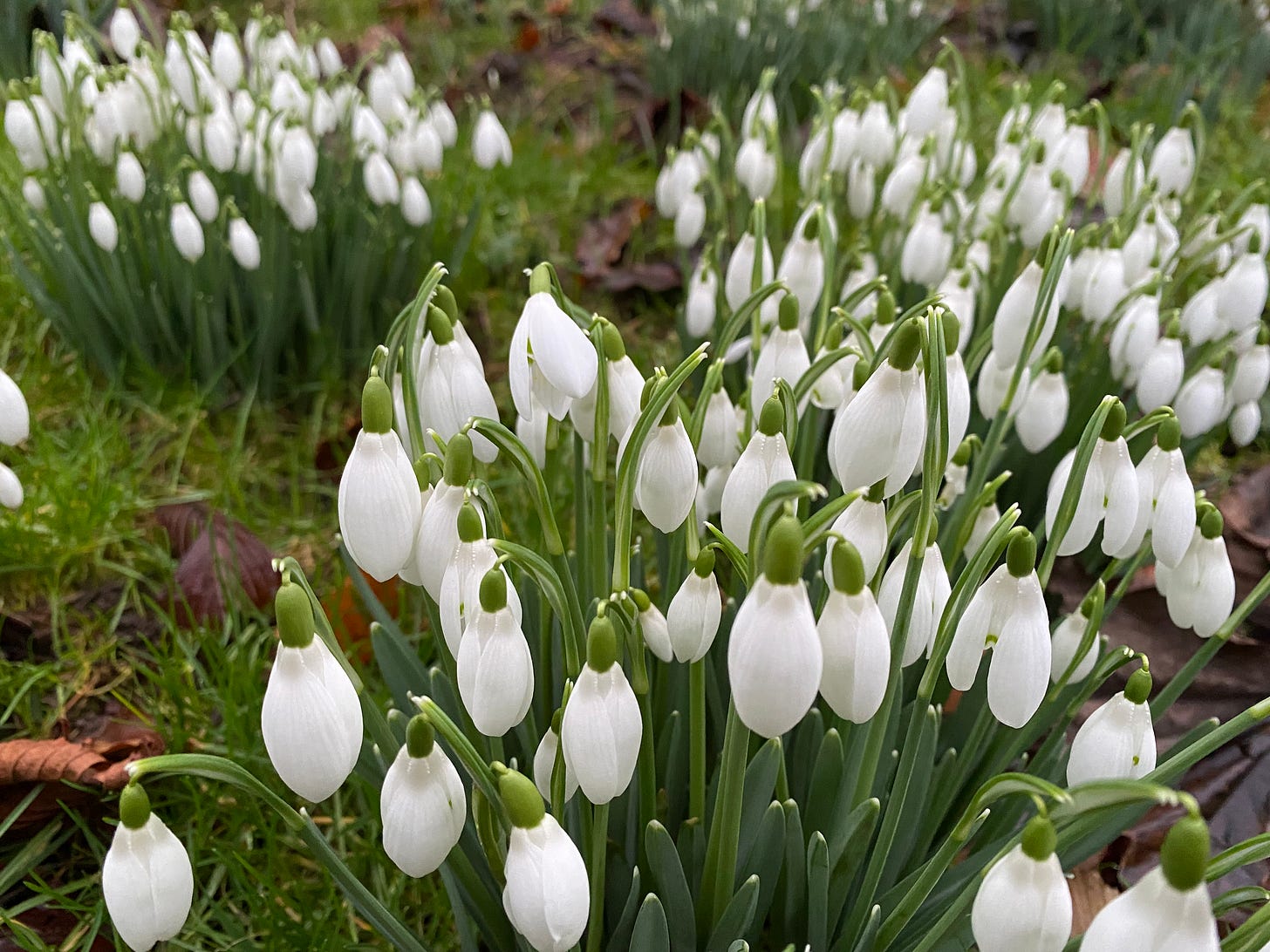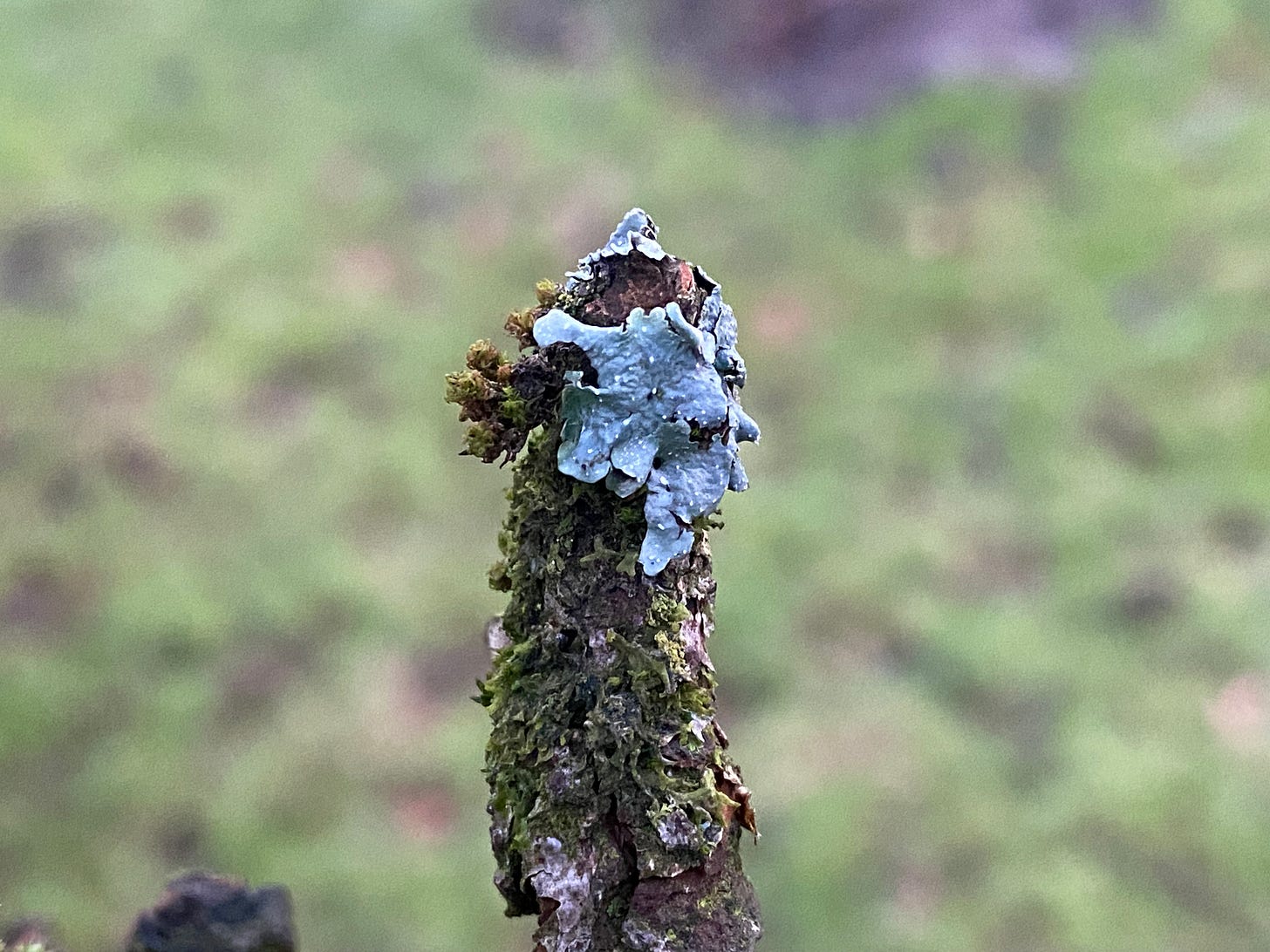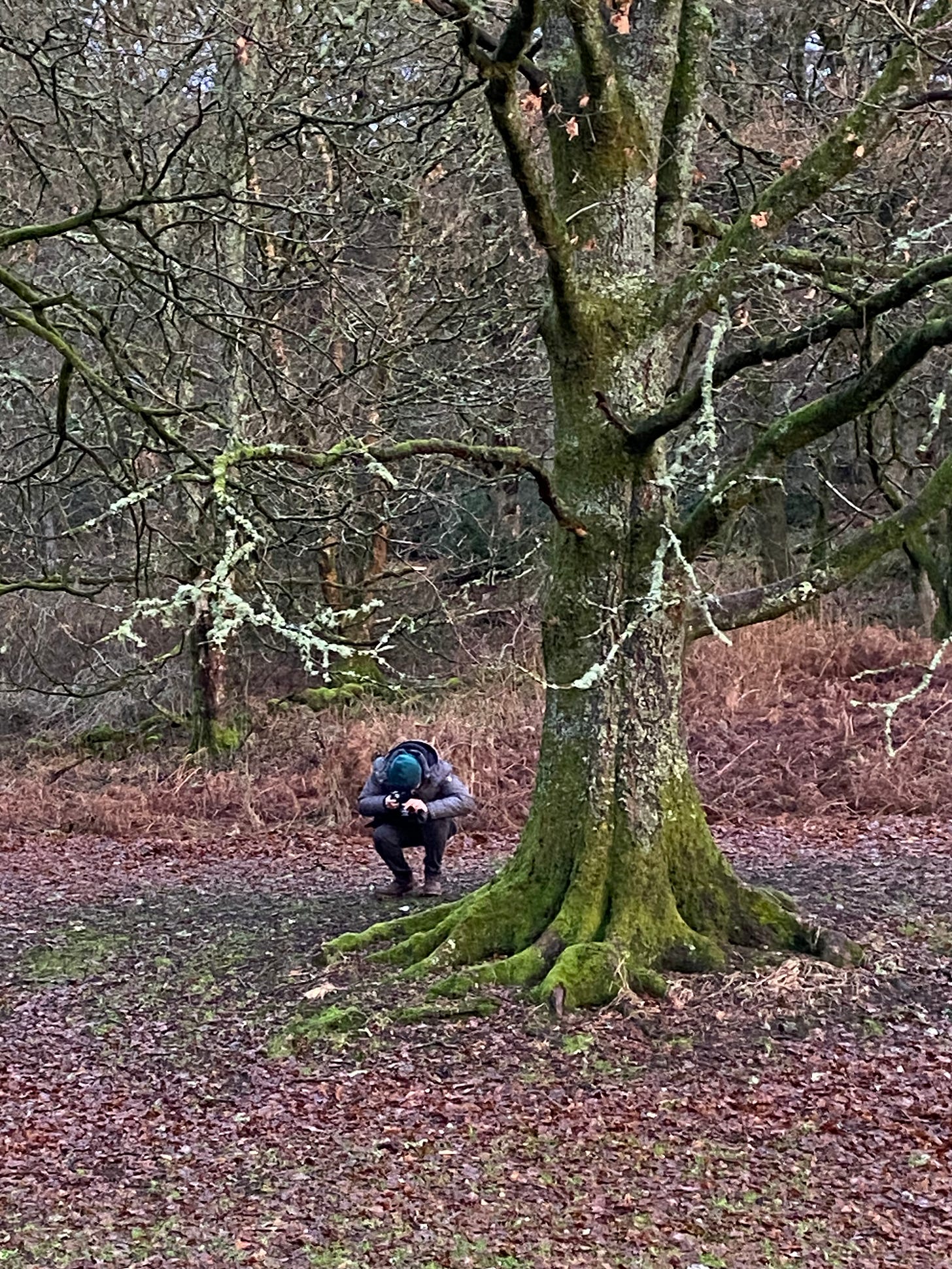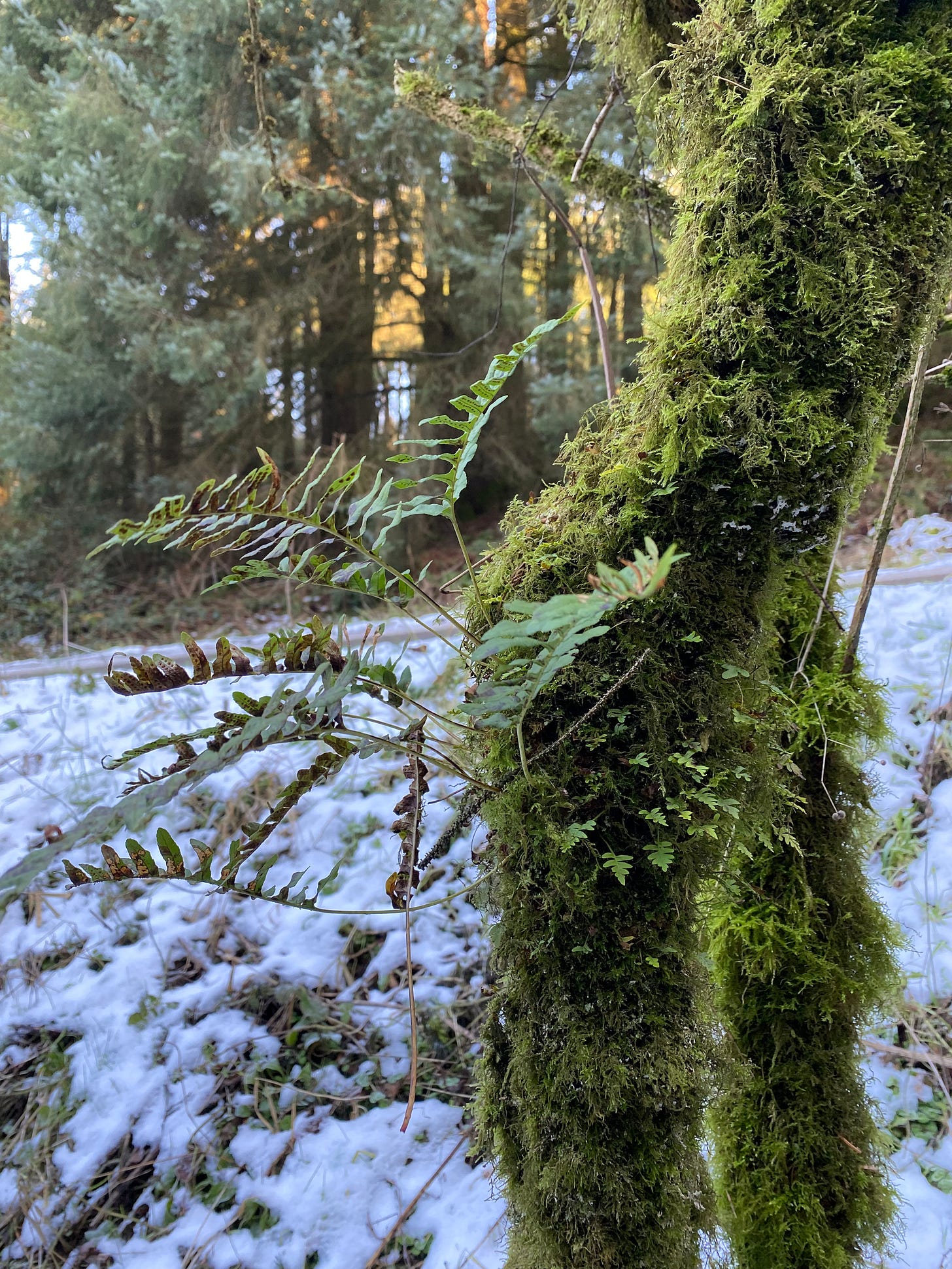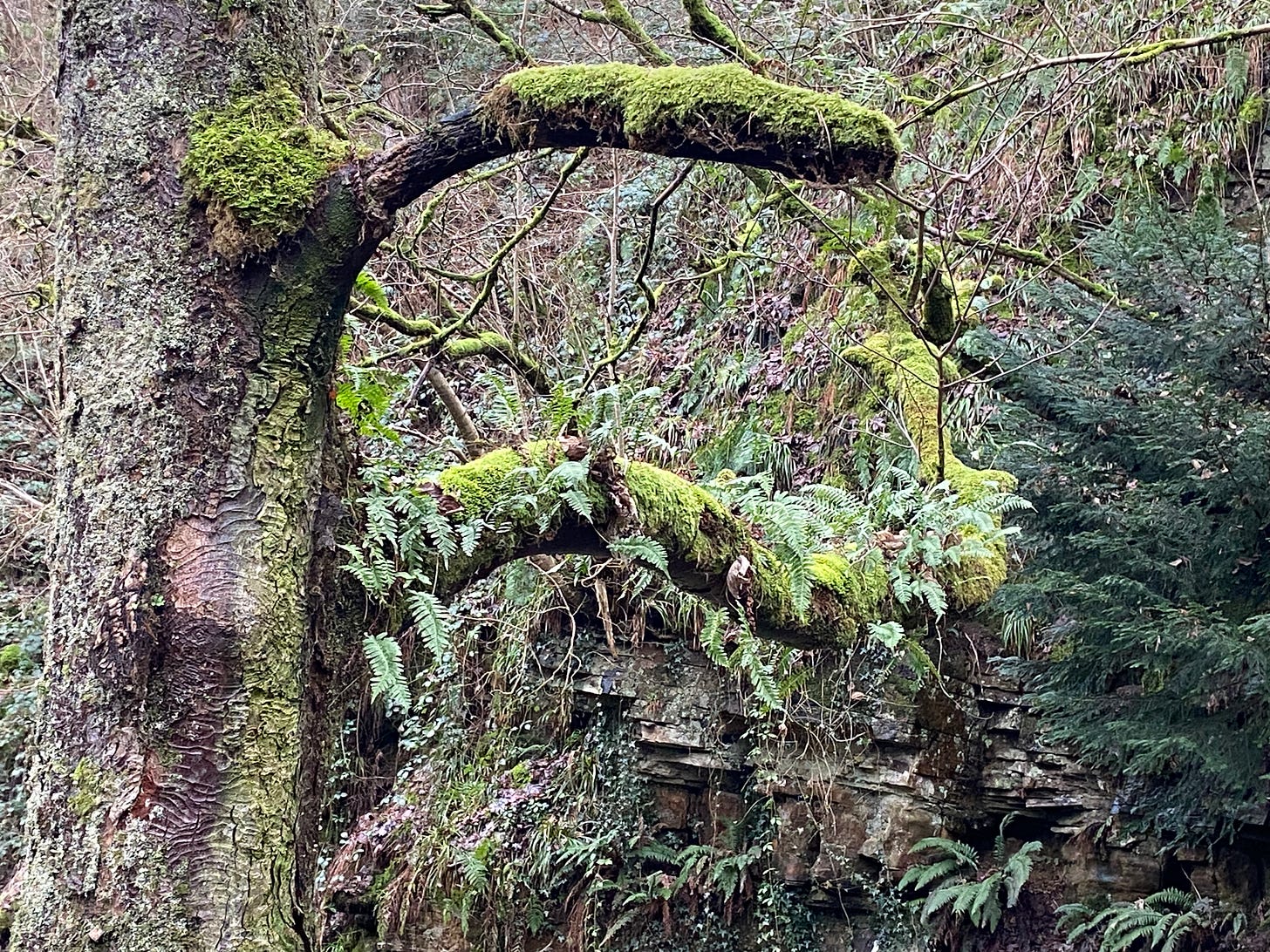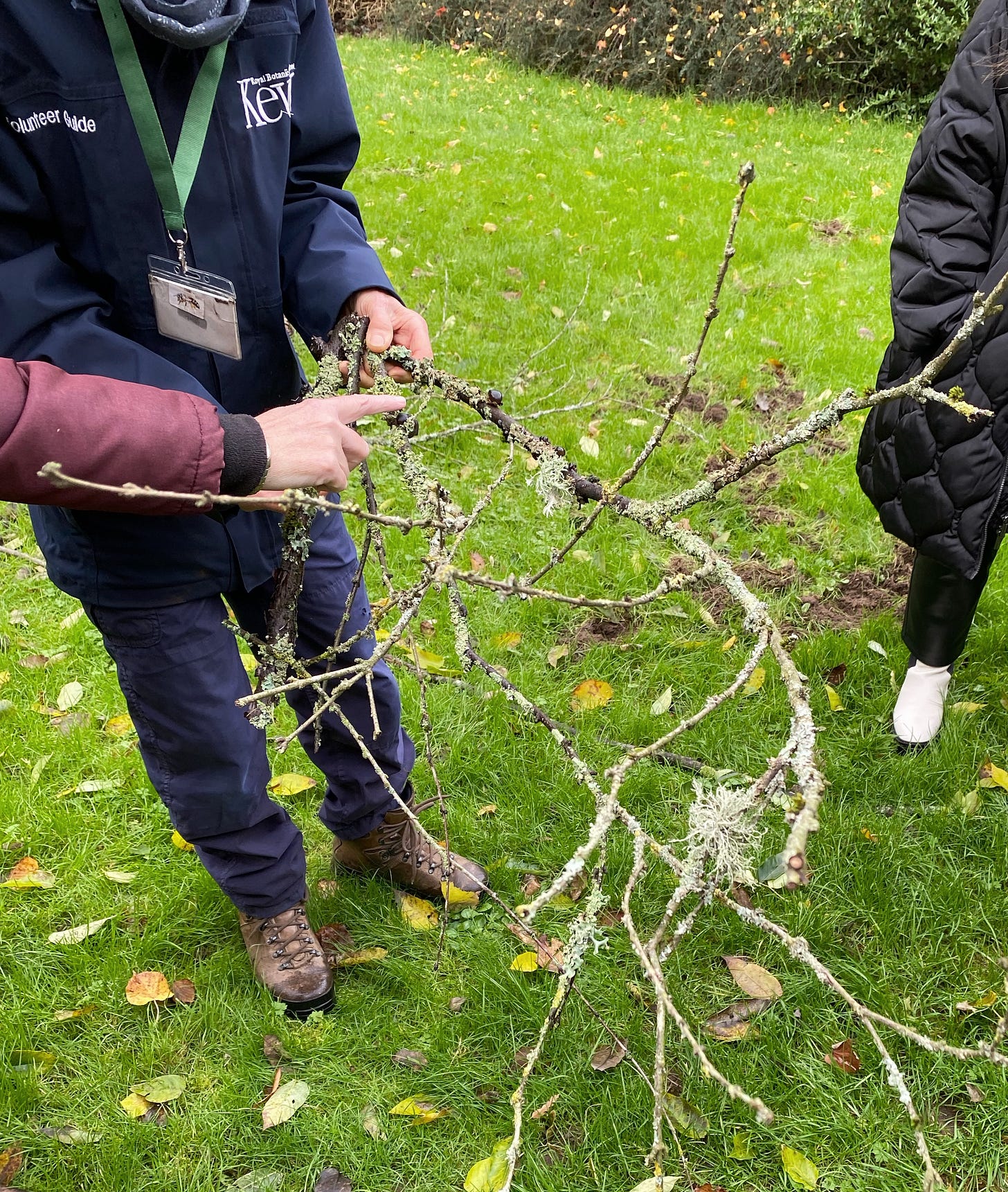Could our Lost Rain Forests be saved? (update)
Restoring ... the potential of Britain's lost rainforests for carbon, biodiversity and health on our doorstep.
Update - restoring rainforests in the UK
This is a replenished / updated post, following the very welcomed news of funding for Wildlife Trusts that will focus on restoring rainforests in the UK, thanks to £38 million of funding from Aviva.
Bringing back lost Atlantic woods is critical for nature and climate
It is part of a wider programme of nature-based projects funded by Aviva to remove carbon from the atmosphere. It will improve biodiversity and climate resilience by restoring wild places including UK temperate rainforests.
UK rainforests have been largely destroyed over many hundreds of years for timber, farming, transport networks and development. Now they cover less than 1% of the UK in areas such as western Scotland, the Lake District and western Wales.
Craig Bennett, chief executive of The Wildlife Trusts: “We believe that there needs to be a huge increase in nature-based solutions to climate change – but it’s critical that these solutions are not used as an excuse to carry on with a polluting ‘business as usual’ model which fails to reduce emissions at source. Too often, businesses try to ‘put the genie back into the bottle’ – but Aviva is taking a more far-sighted approach. It is investing in restoring nature to store carbon 20 years before the carbon associated with Aviva’s potential future investments goes into the atmosphere. This is to be applauded.”
Amanda Blanc, Aviva Group Chief Executive Officer : “The fact that Britain’s native rainforests will take carbon out of the Earth’s atmosphere is reason enough to restore them. But on top of that, they’re incredibly rare and beautiful. This vital work we are undertaking with The Wildlife Trusts will mean people can experience this rich natural habitat. Communities being able to access these sites will improve wellbeing and show how biodiversity fights and reduces the impacts of climate change. Aviva is proud to help reestablish temperate rainforests in the UK as part of our efforts to be a Net Zero company by 2040.”
World Wetlands Day
And there is good timing on this, as I update this substack post it is World Wetlands Day (Feb 2nd) highlighting the significance of ecosystems such as peatlands, mangroves, and salt marshes.
Wetlands, from Scotland’s Flow County to Irelands Bogs and Red Sea mangroves, along with myriad other peat moss pockets around the world, play an important role in addressing biodiversity and climate change. These ecosystems capture carbon, purify water, and mitigate the impacts of floods, droughts, and fires.
Original Post: Welcome to Regen/Notes1 - the companion newsletter to the Zoom Regenerative series.
And, what a brilliant and vibrant zoom regenerative (52) conversation to kick off 2023's Nature-Positive themed ZRs. Following Nuria Munoz’s inspiring insights, the conversation covered biogenic & local & maker materials, lichen, native rainforests as well as hyperlocal architecture inspired by hyperlocal environments. Loved that some joined from train journeys (Wales, Italy) on the road making deliveries (US), over lunch and evening meals - a global ZR community,
Thank you to all who participated 🙏 . (Slides and notes are in preparation for those registered/attended)
Our next ‘zoom is on 21 Feb, continuing the nature-positive theme. Advance registration is open here. And to be sure of keeping abreast of ZR’s news and events - simply subscribe to these Regen/Notes
You can join the Living Future Europe Biophilic Society mentioned by Nuria here by agreeing to our manifesto. And look out for information on our Biophilic Society Summit event in June.
Our Door Step Rain Forest
Reading “The Lost Rainforests of Britain” (Guy Shrubsole) recently has rekindled my interest in our native natural habitats and has put fresh perspectives on our walks. It has also added a deeper dimension to my advisory and support work for projects and organisations seeking to become regenerative and nature-positive.
In most of my biophilic support, I start by getting outside2 - to feel, see, touch, smell, and hear nature - to find a lichen or moss ‘garden’ and get really close and wonder at the miniature world we often just walk by. Vitally, an encouragement to stop, find a comfortable location and sense the present moment.
And to then bring those feelings and inspirations back into the biophilic design workshops and into buildings.
Walks over my local Beacon Fell have been a delight to find indicators of rainforest and to notice the abundance of mosses and lichen in the self seeded deciduous growth areas - and their complete absence in the planted-for-cash wrong place-wrong species conifer areas.
What has become a little revelation from Shrubsole’s work though, is the potential of our rainforests to sequester carbon. Sadly, whilst we have been campaigning, fundraising, writing to politicians, and protesting on deforestation of the Amazon and other tropical rainforests, we have been unaware of the deforestation of our own nature forests on our own doorstep. If Britain’s rainforests were restored, they could match the Amazon for carbon reduction, whilst really addressing (halting and reversing) our biodiversity loss (Britain is one of the least biodiverse areas in the world). And there are huge gains for our history, culture, and our health.
The Lost Rainforests of Britain
We Brits are notoriously obsessed by the weather and how much it rains here. So we may as well make a virtue of that fact, and restore the ecosystem that evolved specifically to exploit how rainy Britain is: our rainforests. Rainforests, though seemingly exotic, are also as British as a cup of tea.
Lost Rainforests discusses the role that rainforests may play in combating the climate crisis, and that all forests remove carbon from the atmosphere by locking it up in tree trunks and in the soils of woodland floors. However, rainforests may also be locking up carbon in the soil that forms in their canopies. Researchers have found that the epiphytic plants and decomposing leaf litter that accumulate on the branches of rainforest trees can store more carbon than the soils on the ground. Guy Shrubsole argues that Britain’s temperate rainforests, which are now reduced to scattered fragments, could also be performing this crucial function. He suggests that in order to combat the climate crisis, it is imperative that we not only cease burning fossil fuels but also restore the natural carbon sinks that we’ve destroyed, and believes that trees in our temperate rainforests could be one of the best allies in this battle. (And one very worthy of supporting through habitat conversation / offsetting )
Urgent as the climate crisis is, even it pales before the parallel crisis we face of the sixth mass extinction. The biodiversity crisis gets far less press than climate change, but if anything it’s bigger and scarier. It means nothing less than the unravelling of the web of life upon which we all depend. Britain is now one of the most nature-depleted countries on earth?
Lost Rainforests is also an argument for the restoration of Britain’s lost rainforests, as a crucial step in addressing the biodiversity crisis. Britain has lost a significant amount of its natural habitats in recent years, and that the country’s remaining rainforests are important for the survival of many species.
From tree lungwort to pine martens, pied flycatchers to blue ground beetles, ancient oaks to young rowans, Britain’s rainforests play host to a dizzying variety of gorgeous life-forms.
Restoring rainforests could have benefits for human health and well-being, and could also help address issues of food production and land use. Restoring our rainforests would be a powerful symbol for other countries to follow in protecting their own ecosystems.
When Boris Johnson called on world leaders at COP26 to “protect and restore the world’s forests’, more might have heeded his entreaties had he added: and today Britain pledges to do its bit too, by protecting and restoring our lost rainforests.
Joy of Birds
The latest blog and research from Miles Richardson, Derby University, explores the joy of of birds, in addition to counting and noticing birds, taking the time to note how that makes us feel. And no surprises to the (UK) bird that brings the most joy. It certainly does for me, for when these birds are on the feeder outside the kitchen window, they demand attention to stop and watch, and feel joy.
Emotions matter. They help change mindsets, are at the heart of relationships and are expertly targeted to fuel consumption – yet the rational mind can dismiss emotions as inferior to facts and figures. The pathways to nature connectedness and our interventions include emotions to help form a close bond with nature.
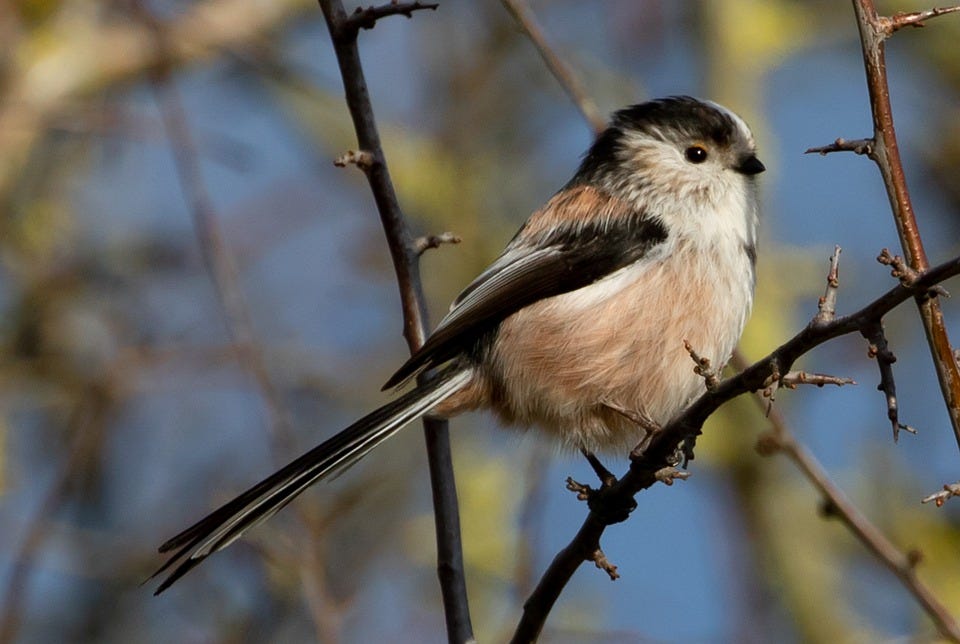
Previous articles on Regen/Notes can be explored here - and the best of 2022 can be read here - ENJOY.
Biophilic Walks - the best way to start understanding Biophilia and application to building design. These walks morphed out of benchmarking walks held for the Benchmarking Institute in the 1990’s / 2000’s where quality professionals took inspiration from each other - but more so from being in and noticing nature. For more information and to hold guided Biophilic Walks for your project, team or organisation please do get in touch.

